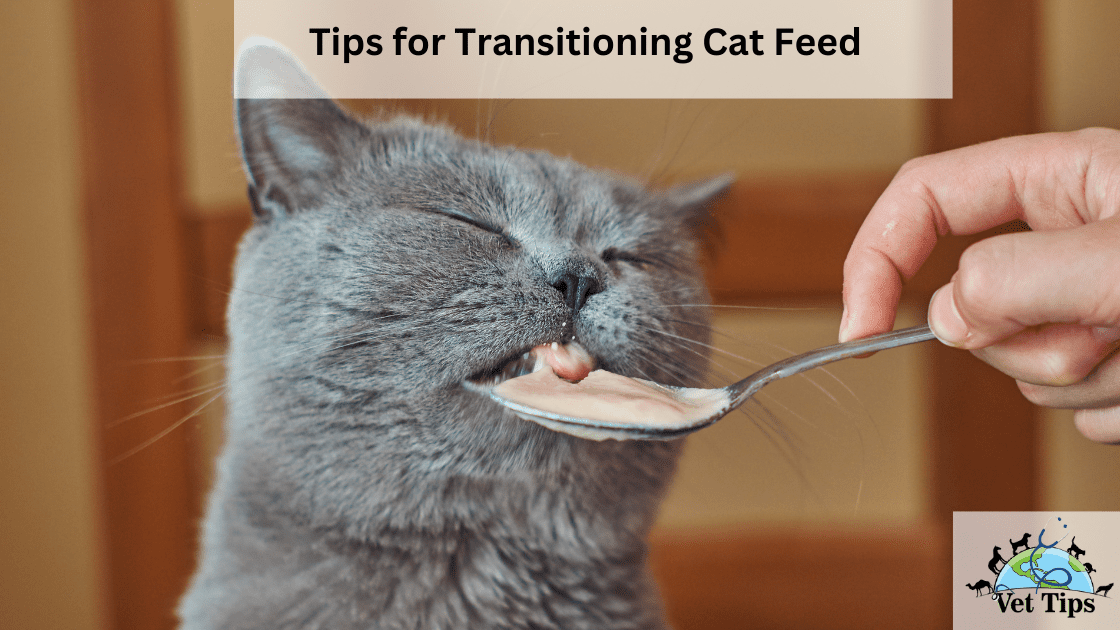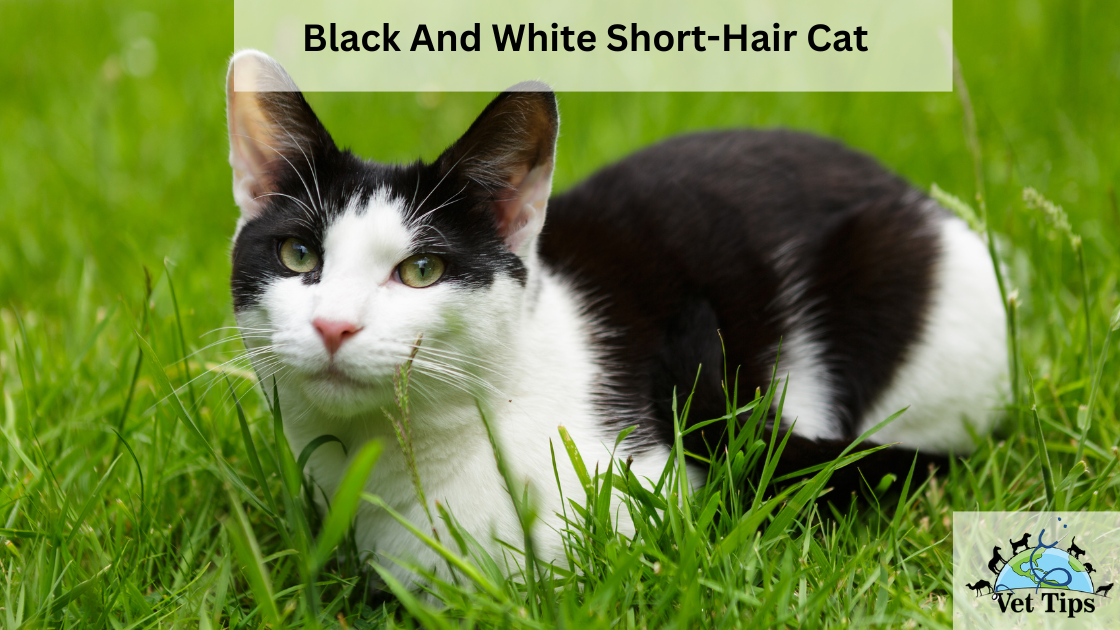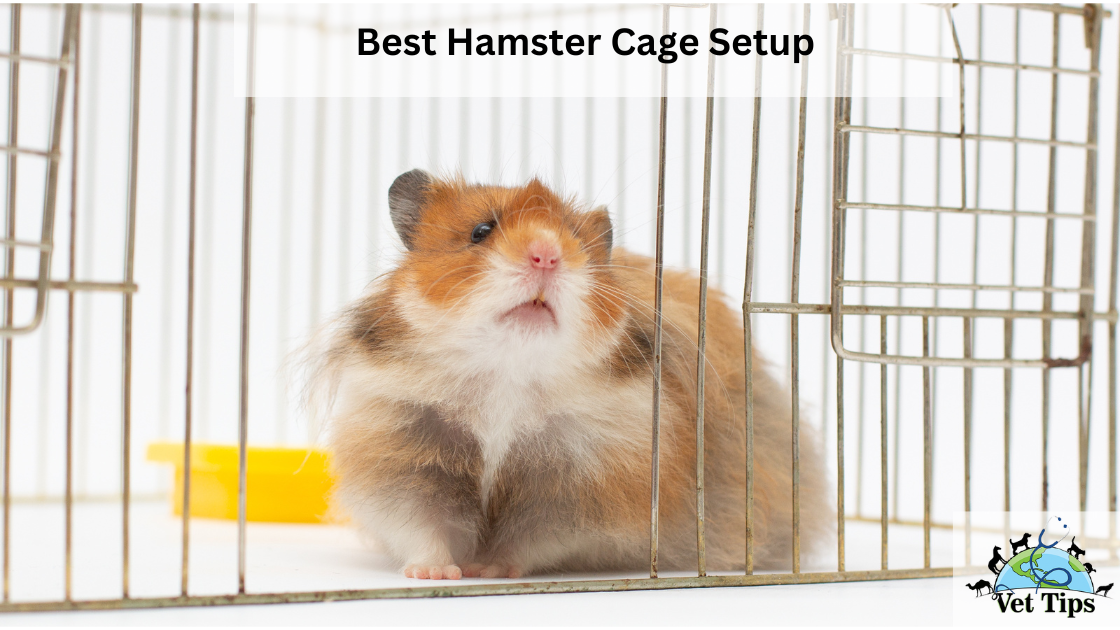Transitioning your feline friend’s diet can be a bit of a feline-frolic, but fear not, for we have gathered some savvy tips to guide you through this culinary adventure in our today’s topic: Tips for Transitioning Cat Feed.
Whether you’re swapping brands or changing up the type of food, these tips will ensure a smooth and satisfying transition for your purrfect companion.
Tips for Transitioning Cat Feed
Cats can be picky eaters, especially when it comes to experimenting with new foods. After eating everything in the bowl one day, they will refuse to eat anything else for the rest of the week. When you begin the process of transitioning your cat to raw feeding, you should anticipate some difficulties.
Because cats are imprint eaters, exposing them to a raw food diet from when they are kittens will yield the most outstanding results. Cats are notoriously sensitive to new experiences. It is critical to gradually transition from conventional to raw feeding when you begin to introduce raw feeding.
When compared to the transfer of a canine to a raw diet, the change of a feline might take up to three times as long. It is more probable that you will have tremendous success if you follow the Three T’s of Transition with your cat!
1. Taste, texture, and temperature (3 T’s)
First and foremost, you must determine your cat’s preferences. As imprint eaters, cats learn from a young age to consume only that which is provided to them by their mother – or in this case, by us. The flavor, warmth, and texture of the food that a cat has imprinted on become strongly associated with that meal for the remainder of his or her life once the imprinting occurs. Therefore, when transitioning your cat, it is critical to remember the Three T’s
2. START SMALL
The transition of your cat to a raw diet should be a careful and gradual process. To assist them in adjusting to the new texture and flavor, we recommend that you blend 25% Primal with 75% of their existing pet food for the first three days. Following that, raise the Pawfect kitchen raw food percentage by 25 percent every two to three days for the next two to three weeks. Once your cat has been used to raw food, you will be able to make the entire switch to 100 percent raw food.
3. SNEAK-ATTACK
The sneak assault is another good tactic to use during the transitional period. To begin, place a small bowl of raw food next to your cat’s existing bowl of food on the floor. It also allows the cat to get a whiff of the raw pet food while they’re eating their normal meal. Hold on to this pattern for two to three days, and then make your move: put the raw pet food on top of the pet food they are already eating. After a period of adjustment, your cat will begin to consume raw pet food.
4. THE ESSENCE OF CONSISTENCY
Once you’ve decided on a course of action, stick to it! Continue to be patient, and keep in mind that it will most likely take time. Make sure that your cat does not spend more than 24 hours without feeding for his or her own safety.
Comparative Analysis
Let’s delve into a comparative analysis of transitioning methods. The gradual approach we mentioned earlier is tried and true. It prevents tummy upsets and lets your feline friend adapt gradually. On the flip side, some cat owners opt for the cold turkey method, which involves an immediate switch. This can be a bit of a gamble, as it might lead to digestive distress.
Below is a visual representation of the gradual transition method, comparing it to the cold turkey method in terms of potential digestive issues:
| Transition Method | Likelihood of Digestive Issues |
|---|---|
| Gradual | Low |
| Cold Turkey | High |
FAQs
How long should I take to transition my cat’s feed?
It’s best to take around 7 to 14 days for a smooth transition. This gradual shift helps your cat’s digestive system adjust to the new food comfortably.
What if my cat refuses to eat the new food?
Cats can be picky eaters, but persistence pays off. Try mixing the new and old foods with a gradual increase in the new food’s proportion. Also, make sure the new food suits their taste preferences.
Can I transition between wet and dry food?
Absolutely. The same rules apply. Mix small amounts of the new food with the old, and gradually increase the new food’s portion over time. This helps prevent digestive upsets.
My cat has a sensitive stomach. Any special tips?
For sensitive stomachs, the transition process is even more crucial. Stick to the gradual method, and consider choosing a new food formulated for sensitive digestion.
Is vomiting during transition normal?
Sometimes, mild digestive upset like vomiting or diarrhea can occur during transition. However, if these symptoms persist or worsen, consult a veterinarian.
Should I consult a vet before transitioning?
Consulting your vet is a smart move, especially if your cat has existing health conditions. They can provide tailored advice based on your cat’s individual needs.
Can I transition multiple cats at once?
If you have multiple furry friends, it’s advisable to transition them individually. Cats have different tolerances, and a gradual approach for each ensures their well-being.
What if I notice allergies after the transition?
Allergies can surface during transitions. If you suspect allergies, consult your vet. They can help identify the culprit and recommend suitable alternatives.
Should I stick to the same brand while transitioning?
Sticking to the same brand can ease the transition, as it minimizes flavor and ingredient differences. However, if you’re switching brands, the gradual method still applies.
Any signs that my cat has successfully transitioned?
A successfully transitioned cat will show no signs of digestive upset, have a consistent appetite, maintain a healthy weight, and exhibit normal litter box habits.
Tell us in the comments how you like our article “Tips for Transitioning Cat Feed”
For similar posts like this, click here.
For the source file, click here.









One thought on “Tips for Transitioning Cat Feed”